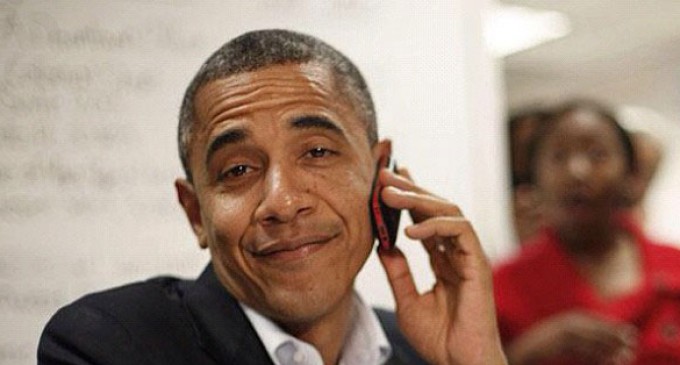
President Obama’s administration continues to make a mockery of his claims he’d run a transparent presidency. Media groups continue to complain that access to the President is restricted in favor of images and news that tells only the administration’s story.
The organizations accuse the White House of banning photojournalists from covering Obama at some events, and then later releasing its own photos and videos of the same events.
“Journalists are routinely being denied the right to photograph or videotape the president while he is performing his official duties,” according to a letter the organizations sent to the White House. “As surely as if they were placing a hand over a journalist’s camera lens, officials in this administration are blocking the public from having an independent view of important functions of the executive branch of government.”
One of the common weaknesses of the sort of Liberal idealism to which Obama subscribes is that it’s easy to overlook real and important consequences of high-minded policies. It’s easy to say the government ought to be transparent and open, but when you run a bull-headed, inflexible regime, transparency is usually inconvenient. It’s much simpler to just pay lip service to freedom of the press and then hide behind excuses of security out of convenience.
Presidents often look for ways to get their own messages out. But media experts say Obama’s administration has developed an aggressive strategy to use social media, including government-sponsored websites and blogs, as well as Twitter, Instagram and Flickr accounts, to circumvent the media’s constitutional duty more than its predecessors have.
“You are only seeing what they want you to see,” said Lucy Dalglish, the dean of the Philip Merrill College of Journalism at the University of Maryland.
White House spokesman Josh Earnest defended the release of photos and videos, saying the practice helps Obama live up to his pledge of transparency by allowing the public to have greater access to the inner workings of the administration when it’s not feasible for news media to be in the room.
“What we’ve done is we’ve taken advantage of new technology to give the American public even greater access to behind-the-scenes footage or photographs of the president doing his job,” Earnest said. “To the American public, that’s a clear win.”
